AHS Appoints New Director, Keith Tomlinson
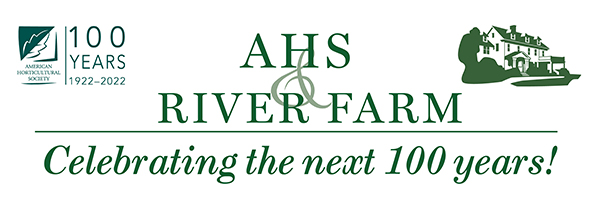

October 29, 2021
River Farm – Alexandria, Virginia – Today, the Board of Directors of the American Horticultural Society (AHS) announced the appointment of Keith Tomlinson, former Botanical Garden Manager of Meadowlark Gardens in Vienna, Virginia, as Director of AHS. Tomlinson replaces former Interim Executive Director J. Robert Brackman, who resigned on September 30, 2021. “We are thrilled to welcome Keith as the new leader of the AHS team. Keith is a renowned horticultural director whose visionary leadership at Meadowlark Gardens spans a broad range of programmatic, operational, and strategic areas. He will be instrumental in re-imagining and improving the gardens while expanding our fundraising and outreach efforts. Now that we have confirmed our commitment to retaining historic River Farm as AHS headquarters and an integral component of our overall mission, he is the ideal choice to collaborate with the Board, AHS stakeholders and help us move forward with our goals – to protect the property in perpetuity and to use it as a springboard for building national horticultural programs in support of our mission,” said Holly Shimizu, former Director of the U.S. Botanic Garden in Washington, D.C. and a member of the AHS Board of Trustees. “River Farm is a national treasure,” said Tomlinson, “a spectacular property that is both a symbolic link to our national heritage and an idyllic slice of natural beauty and open space. I’m very honored to join the AHS team on the eve of its 100th anniversary and be part of the exciting opportunity we have to strengthen both the Society’s horticultural mission and the stewardship of River Farm.”
Tomlinson begins his tenure at a pivotal time for AHS and River Farm. With the Board’s recent rejection of the plan to sell the historic property after a year-long debate over its future, there are new opportunities for implementing a long-term strategic vision for both AHS and River Farm. “A key priority for AHS is to enhance River Farm as a platform for launching new national gardening programs,” notes Shimizu, adding, “given the importance of preserving and protecting River Farm, the Board is also actively exploring ways to implement long-term conservation solutions on the property. With Keith’s leadership,” she concluded, “the Board will continue to collaborate with a wide range of partners over the next few weeks and months to secure both operational and endowment funding for AHS – and identify the best ways to ensure that River Farm will be a key part of our mission – and protected from development – forever.”
Tomlinson officially launches his duties at AHS on Monday, November 1, 2021, and will be formally introduced at an AHS press conference at River Farm at 10:00 a.m. ET that day. Shimizu noted that in addition to announcing Tomlinson’s appointment, the Board will announce the initial re-opening of River Farm to the public two days a week (Tuesdays and Thursdays from 10 a.m. – 4 p.m.). “The press conference gives us an opportunity to welcome Keith to our team – and the public back to River Farm – as well as express the Board’s gratitude to the public officials and AHS stakeholders who supported our efforts over the past year.” To watch the press conference live, please visit the AHS Facebook page on Monday at 10 a.m. ET.
For almost 100 years, the American Horticultural Society has worked to increase knowledge among American gardeners, garden enthusiasts, and professional horticulturists, inspired their passion for plants and the natural world, and encouraged responsible stewardship of the earth. The Society educates and influences a global audience of gardeners through its website, horticultural reference books, and social media. The American Horticultural Society is a 501(c)(3) nonprofit organization with a 3-star rating from Charity Navigator.
Media Contact:Brian Bauman (703) 768-5700 x138bbauman@ahsgardening.org
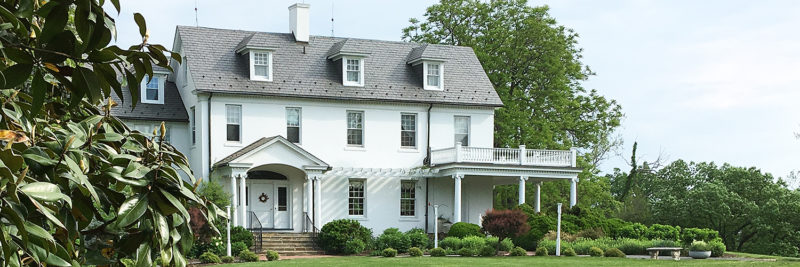 Thanks to the overwhelming outpouring of support from our American Horticultural Society members and donors, neighbors and stakeholders, public officials and the community over the past year, we are extremely pleased to announce that River Farm will continue to be our national headquarters and remain a priceless asset for the general public and future generations to enjoy. We are grateful to all of those individuals and groups who rallied around us to help preserve and protect this historic property. Throughout the year-long debate over the future of River Farm, we have always been convinced that there is a strong and viable path forward – with AHS as the steward of the property, supported by like-minded friends and partners. And now, with River Farm officially off of the open real estate market, we have the opportunity to fully realize this dream.
Thanks to the overwhelming outpouring of support from our American Horticultural Society members and donors, neighbors and stakeholders, public officials and the community over the past year, we are extremely pleased to announce that River Farm will continue to be our national headquarters and remain a priceless asset for the general public and future generations to enjoy. We are grateful to all of those individuals and groups who rallied around us to help preserve and protect this historic property. Throughout the year-long debate over the future of River Farm, we have always been convinced that there is a strong and viable path forward – with AHS as the steward of the property, supported by like-minded friends and partners. And now, with River Farm officially off of the open real estate market, we have the opportunity to fully realize this dream.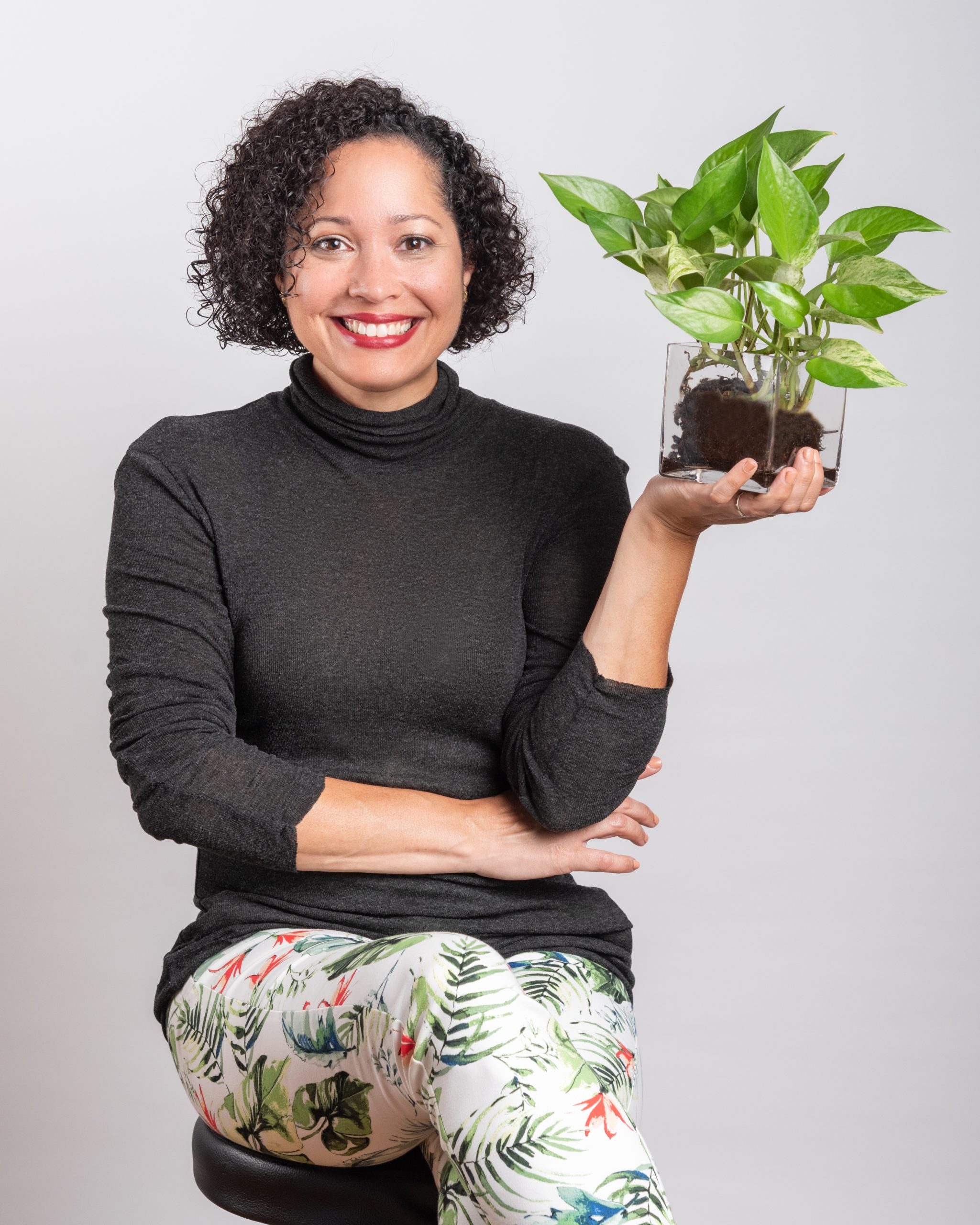 On this episode of the
On this episode of the  AHS members receive a 30% discount on a new publication, Rosa: The Story of the Rose, from Yale University Press. AHS members can now
AHS members receive a 30% discount on a new publication, Rosa: The Story of the Rose, from Yale University Press. AHS members can now  The
The 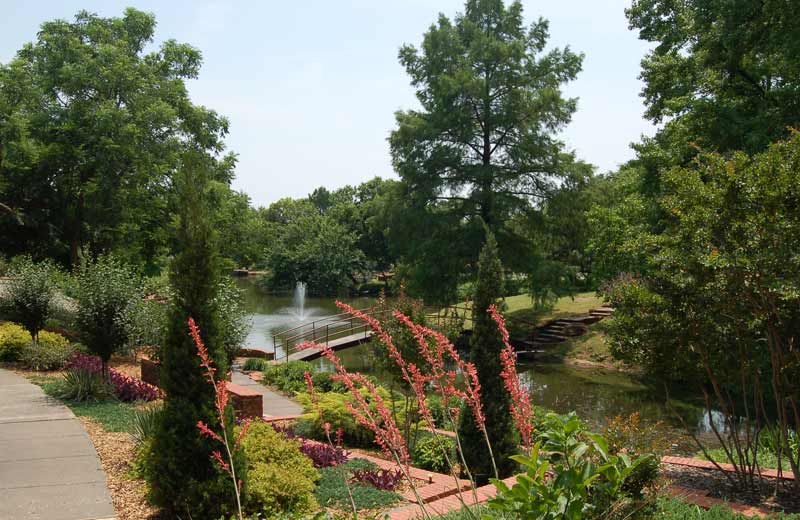 Celebrating Oklahoma’s native son, actor, humorist, and social commentator, the
Celebrating Oklahoma’s native son, actor, humorist, and social commentator, the 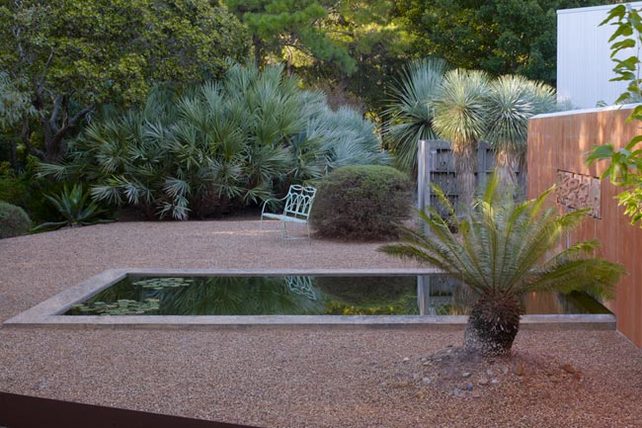 Established by former AHS Liberty Hyde Bailey Award recipient John Fairey in 1971,
Established by former AHS Liberty Hyde Bailey Award recipient John Fairey in 1971,  Once the estate of RJ and Katharine Reynolds,
Once the estate of RJ and Katharine Reynolds, 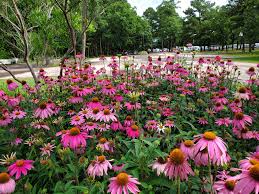 Wood County Arboretum & Botanical Gardens
Wood County Arboretum & Botanical Gardens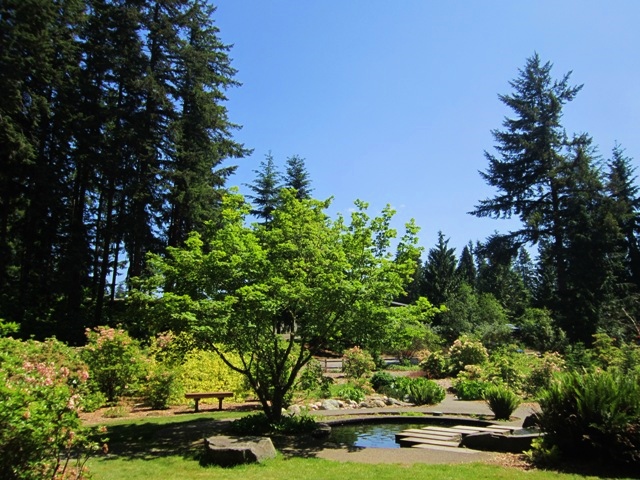 Located in Maple Valley, Washington (about 30 miles from Seattle), the
Located in Maple Valley, Washington (about 30 miles from Seattle), the  The gardens of the
The gardens of the  When you picture someone who works professionally with plants, gardeners, plant breeders, and landscape designers probably come to mind. However, digging a little deeper, you’ll find that green-collar careers (those in the environmental sector of the economy) can be found in the art, science, technology, and business of plants. In partnership with
When you picture someone who works professionally with plants, gardeners, plant breeders, and landscape designers probably come to mind. However, digging a little deeper, you’ll find that green-collar careers (those in the environmental sector of the economy) can be found in the art, science, technology, and business of plants. In partnership with  The panel discussion, convened as part of the AHS’s
The panel discussion, convened as part of the AHS’s 
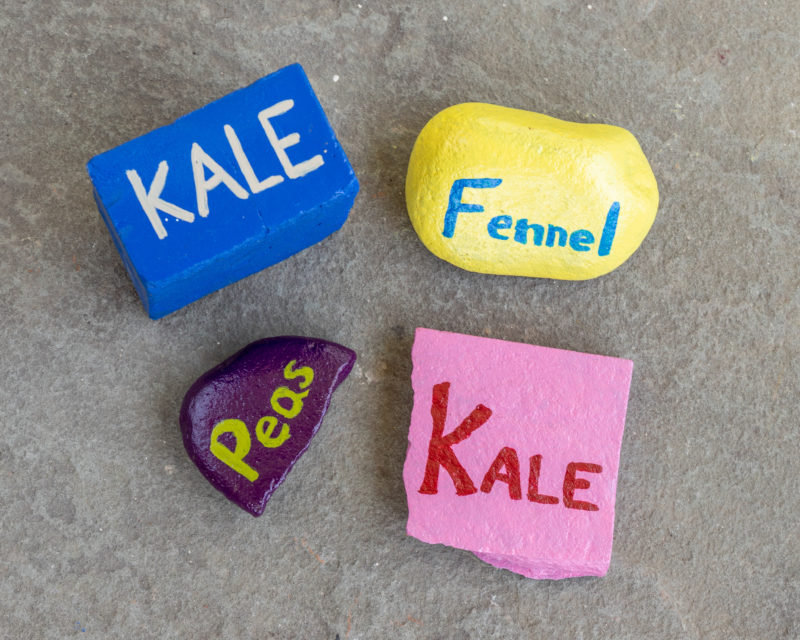



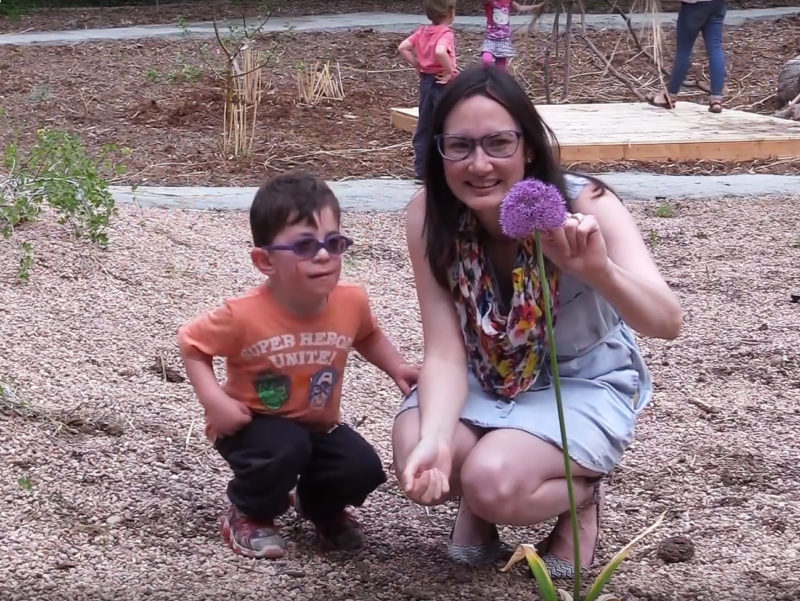 If you and your children are having trouble focusing on schoolwork or any other indoor tasks, take a break to look out a window or go outside and allow your senses to explore. Move around outside with your whole body and make some loud noises. Take walks,
If you and your children are having trouble focusing on schoolwork or any other indoor tasks, take a break to look out a window or go outside and allow your senses to explore. Move around outside with your whole body and make some loud noises. Take walks,